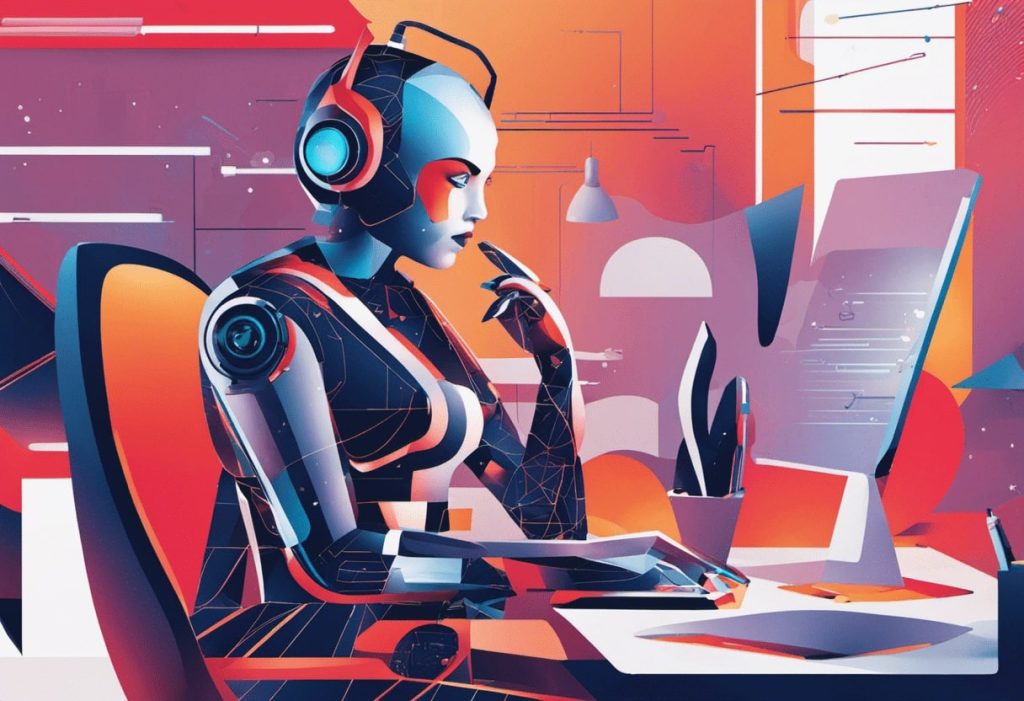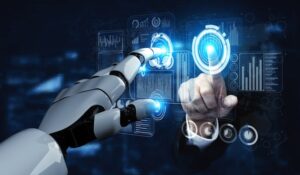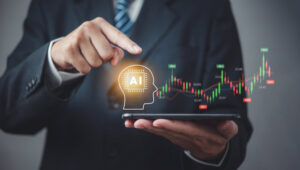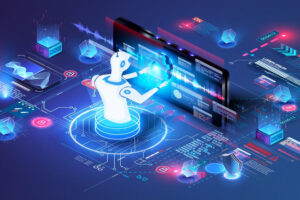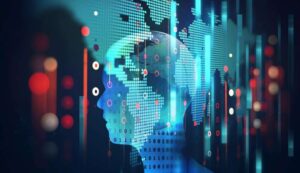In recent years, AI-generated art has emerged as a groundbreaking development in the realm of digital creativity. As technology continues to evolve, artists and designers are increasingly turning to artificial intelligence to push the boundaries of what’s possible. But what exactly is AI-generated art, and how is it shaping the future of creativity and design?

Understanding AI-generated Art
AI-generated art refers to artwork created with the assistance of artificial intelligence algorithms. These algorithms are designed to analyze patterns, learn from vast datasets, and generate unique pieces of art. By leveraging machine learning, AI can produce stunning visuals that often mimic human creativity, offering new possibilities for artists and designers alike.
The Role of Machine Learning in Art
Machine learning plays a crucial role in the creation of AI-generated art. Through complex algorithms, machines can learn from existing artworks, understand artistic styles, and generate new pieces that reflect these styles. This technology opens up exciting opportunities for artists to experiment with different techniques and styles without the limitations of traditional methods.
The Impact of AI on Digital Creators
For digital creators, AI-generated art presents both opportunities and challenges. On one hand, AI tools can assist artists in generating ideas, streamlining workflows, and enhancing their creative process. On the other hand, some creators fear that AI could replace human creativity altogether. However, many experts believe that AI is not here to replace artists but to augment their capabilities.
AI in 3D Modeling
An exciting application of AI-generated art is in the field of AI for 3D modeling. By utilizing AI algorithms, designers can create intricate 3D models with unprecedented precision and speed. This technology is revolutionizing industries such as gaming, architecture, and product design, allowing creators to bring their visions to life more efficiently.
AI in Packaging Design
Another area where AI-generated art is making waves is in AI in packaging design. With the ability to analyze consumer preferences and market trends, AI can generate packaging designs that are not only visually appealing but also strategically targeted. This innovation is helping brands create packaging that stands out on the shelves and resonates with their target audience.
The Ethical Considerations of AI-generated Art
As with any technological advancement, AI-generated art raises important ethical considerations. One of the primary concerns is the question of authorship. When AI creates art, who owns the copyright? Is it the programmer who developed the algorithm, the artist who provided the input, or the machine itself? These questions highlight the need for clear guidelines and regulations in the field of AI artistry.
The Debate Over Creativity
Another ethical consideration is the debate over creativity. Can a machine truly be creative, or is it simply mimicking human creativity? While AI can generate art that appears original, it lacks the emotional and subjective experiences that drive human artists. This raises questions about the authenticity of AI-generated art and its place in the art world.
The Future of AI-generated Art
Looking ahead, the future of AI-generated art is bright and full of potential. As technology continues to advance, we can expect AI to play an even more significant role in the creative process. From generating design ideas to creating entire artworks, AI has the potential to revolutionize the way we think about art and creativity.
AI in Social Media Content
One exciting development is the use of AI in creating social media content. With tools like educational social media post maker, creators can generate engaging and informative posts in a fraction of the time it would take manually. This allows digital creators to focus on what they do best creating meaningful content that resonates with their audience.
AI and Design Ideas
AI is also transforming the way designers generate ideas. By analyzing vast datasets and identifying trends, AI can help designers generate design ideas that are both innovative and relevant. This technology empowers creators to think outside the box and explore new possibilities in their work.
Conclusion
In conclusion, AI-generated art is an exciting and rapidly evolving field that is reshaping the landscape of creativity and design. While there are challenges and ethical considerations to address, the potential benefits of AI in art are immense. As digital creators continue to explore the possibilities of AI, we can look forward to a future where technology and creativity work hand in hand to produce extraordinary works of art.

Frequently Asked Questions
What is AI-generated art?
AI-generated art refers to artwork created with the assistance of artificial intelligence algorithms. These algorithms analyze patterns and learn from data to generate unique pieces of art.
How is AI impacting the art world?
AI is impacting the art world by providing artists with new tools and techniques to enhance their creativity. It is also raising important ethical considerations regarding authorship and creativity.
Can AI replace human artists?
While AI can assist artists and streamline the creative process, it is unlikely to replace human artists entirely. Instead, AI is seen as a tool to augment human creativity and expand the possibilities of artistic expression.

